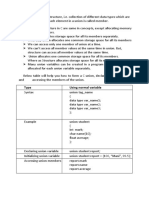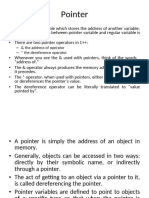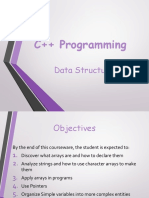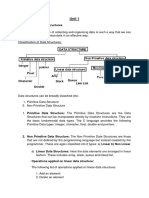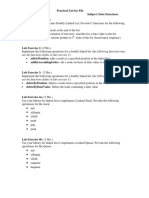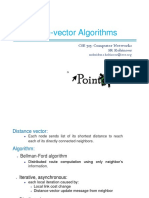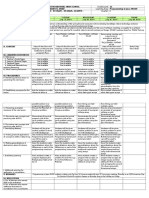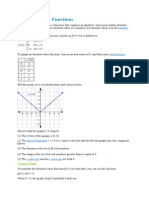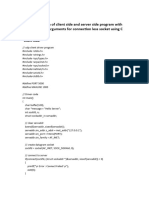0% found this document useful (0 votes)
41 views37 pagesStructures and Unions
The document provides an overview of structures, unions, and pointers in programming, detailing how structures group different data types under a single name, while unions share the same memory location for their members. It explains the declaration and initialization of structures, demonstrates the use of pointers for memory management, and highlights their efficiency in handling data. Additionally, it discusses the use of arrays within structures and the concept of nested structures.
Uploaded by
niranjini748Copyright
© © All Rights Reserved
We take content rights seriously. If you suspect this is your content, claim it here.
Available Formats
Download as PDF, TXT or read online on Scribd
0% found this document useful (0 votes)
41 views37 pagesStructures and Unions
The document provides an overview of structures, unions, and pointers in programming, detailing how structures group different data types under a single name, while unions share the same memory location for their members. It explains the declaration and initialization of structures, demonstrates the use of pointers for memory management, and highlights their efficiency in handling data. Additionally, it discusses the use of arrays within structures and the concept of nested structures.
Uploaded by
niranjini748Copyright
© © All Rights Reserved
We take content rights seriously. If you suspect this is your content, claim it here.
Available Formats
Download as PDF, TXT or read online on Scribd
/ 37









